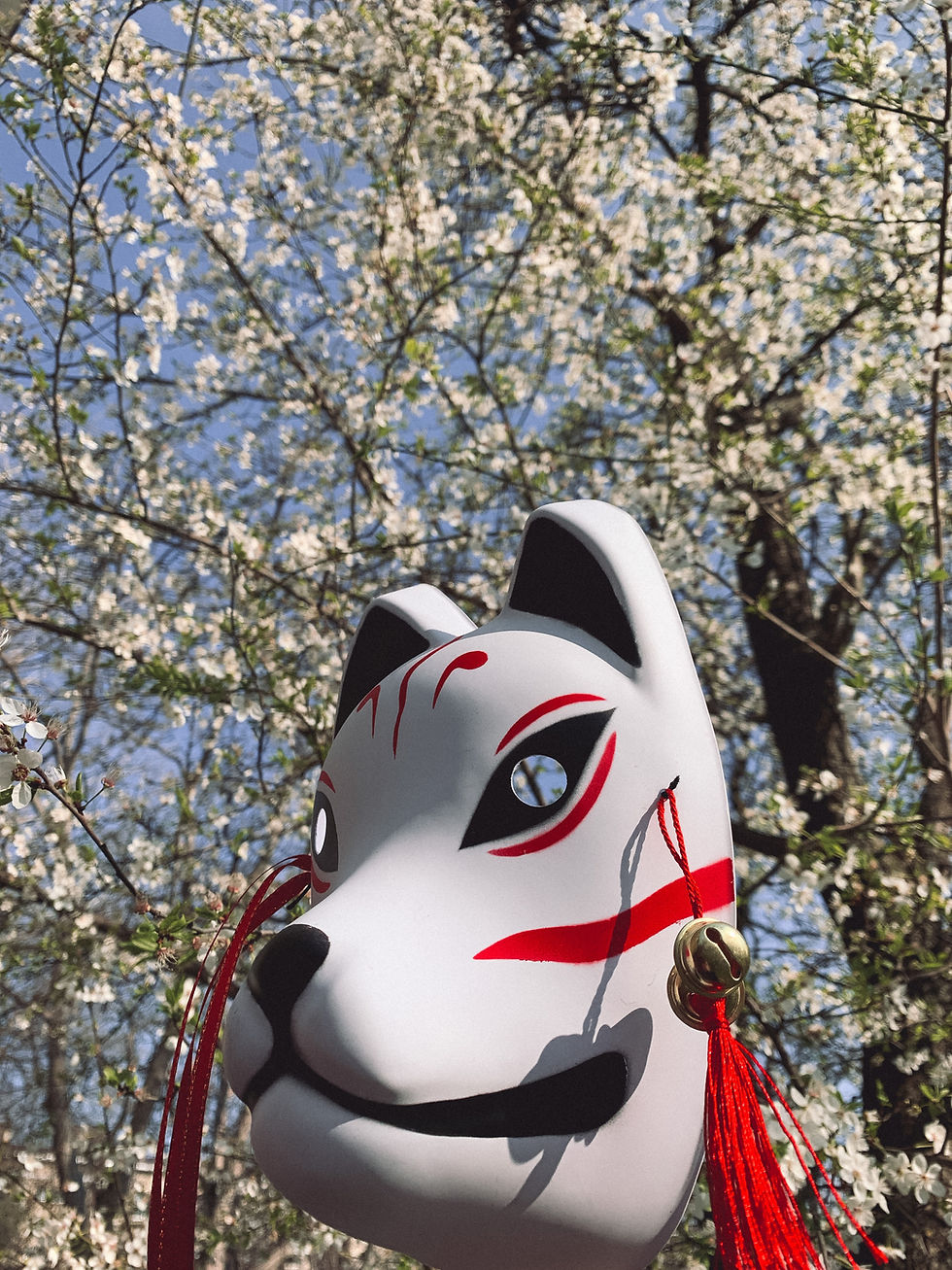The Druids: Priesthood of the Ancient Celts
- Wendy H.
- Oct 3, 2023
- 2 min read

Before the ascent of the Roman Empire, a learned order of spiritual leaders, scholars, and advisers served as the philosophical and religious bedrock of ancient Celtic society. Known as the Druids, this class of highly-educated elite was integral to promoting Celtic culture, laws, rituals, and beliefs for over a millennium across Britain, Ireland, and Gaul.
Education into the Druidic order took decades. Initiates had to memorize countless verses, laws, and folklore in addition to mastering diverse skills from healing herbs to divination practices to astronomy. Only the most dedicated students attained the highest rank of Druid after intense training in secretive groves.
The Druids led essential rituals, mediated between gods and men, oversaw legal disputes, calculated auspicious days, and healed the sick. In lands without written languages, these sage polymaths preserved millennia of knowledge that guided Celtic civilization. Theirs was a society steeped in magic, nature reverence, and oral storytelling.
Roman authors wrote that Druids conducted dark magic and human sacrifices. While exaggerated, rituals did include animal sacrifice and possibly the execution of criminals. The Druids retained significant sway in Celtic society as valued advisors until Rome nearly succeeded in eradicating their influence in Britain and France.
Druid culture endured longer in Ireland before succumbing to Christianization. But fragments of their teaching lived on in Welsh and Irish legend. Their prowess at stonework remains evident in Neolithic monuments like Stonehenge. Though shrouded in mystery today, the ancient Druids’ intellectual legacy still evokes awe.
Do people still practice Druid traditions today?
Yes, there has been a revival of Druidry and Neo-Druid groups and practices in modern times:
• In the 18th century, interest in ancient Druid culture and lore began to grow in Britain and Wales among antiquarians and historians.
• The 1717 discovery of an ancient Druid sacrificial site in Yorkshire, England, sparked scholarship on Druids.
• Modern Druid orders and fraternities emerged in the 18th and 19th centuries, most notably the Ancient Order of Druids in 1781.
• These revival Druid groups modeled themselves loosely on what was known of ancient Druids, with a mix of occult and Masonic-style rituals.
• Neo-Druid organizations flourished in the 1960s counterculture and today focus on nature spirituality, pagan ceremonies, and the study of Celtic history and folklore.
• The Order of Bards, Ovates, and Druids (OBOD), founded in 1964, is now one of the largest Druid groups with over 10,000 members.
• Most Neo-Druid groups do not claim direct descent from ancient Celtic Druids but incorporate what they know or imagine of Druid ways into modern practice.
• Ancient Druid traditions and mythology also influence some Wiccan covens and other Neopagan groups who borrow Druid ritual elements.
• Modern Druid gatherings continue ancient practices like solstice ceremonies at Stonehenge and other sacred sites in Europe.
So while broken historical lines prevent true reconstruction, fragments of ancient Druidic philosophy and lore have been woven into both spiritualist and cultural revival Druid groups active today.



Comments